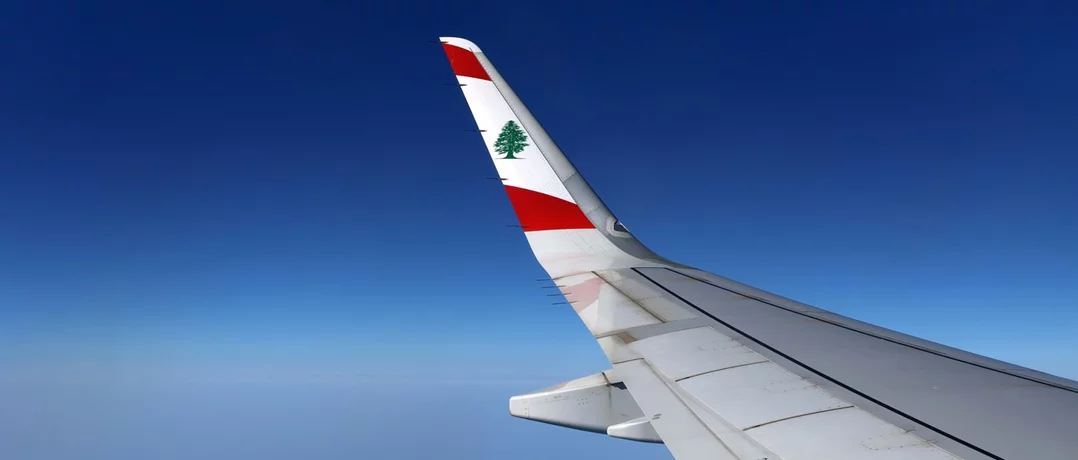Faites vos jeux in the North
Faites vos jeux in the North


From Lebanese stakeholder perspectives, elevating the Rene Mouawad airfield is a no-brainer. The airfield is a functional, although visibly aged, aviation facility that is located north of Tripoli near the Syrian border. Since 1989, it has memorialized the name of the assassinated ninth president of the Lebanese Republic. It is an underused national asset that holds at least three attractive, value propositions.
First, the country’s aviation sector is currently able to use only one commercial airport in a location that is geographically locked in and historically vulnerable to bombings and security risks. It needs diversification and additional airport infrastructure.
Second, while there may be no more than a faint hope of an economically thriving Eastern Mediterranean region with normal borders and well-regulated, open trade, regional integration would benefit immensely from a technically advanced, integrated economic and trade facility that is interconnected with population centers in North Lebanon and Syrian coastal provinces.
Third, the Lebanese intimately know all-too-frequent crises, and the trauma when the vicinity of Beirut airport is terrorized by violent foreign or domestic action.
A second airport as far to the north as possible would be a comforting security cushion. In this latter sense, it cannot be surprising that Beirut media were discussing the possibility of using the Rene Mouawad airfield as a fallback in case of damage to Beirut airport by hostile action
According to plans announced by the current Lebanese government, an operational study for activating the northern facility under a public-private partnership has been initiated. The study, which was not commissioned through a competitive invitation of bids, is offered free of charge by engineering consultancy Dar Al-Handasah. The Lebanese Higher Council for Privatization and PPP, which has yet to see a major infrastructure project, even if several were talked about in 2018 and 2019, is set to coordinate the project to successful completion.
In a top-down assessment, the yet-to-be-detailed project will have to succeed against the same global aviation challenges as the Beirut airport, which have been disrupting aviation aspirations through shocks from 9/11 to the pandemic and climate risks.
As the Lebanese government, scheduled to be in power only until the 2026 elections, faces challenges ranging from securing sovereignty and appeasing external occupation forces into honoring ceasefire commitments, to attracting billions of dollars of investments into reconstruction of war-torn livelihoods as well as human, natural, constructed, and financial capital devastated by a historic economic meltdown, it is a good time for national-good-dedicated media and civil society observers to set up perches for following the progress of the northern Lebanese bet on aviation infrastructure.


